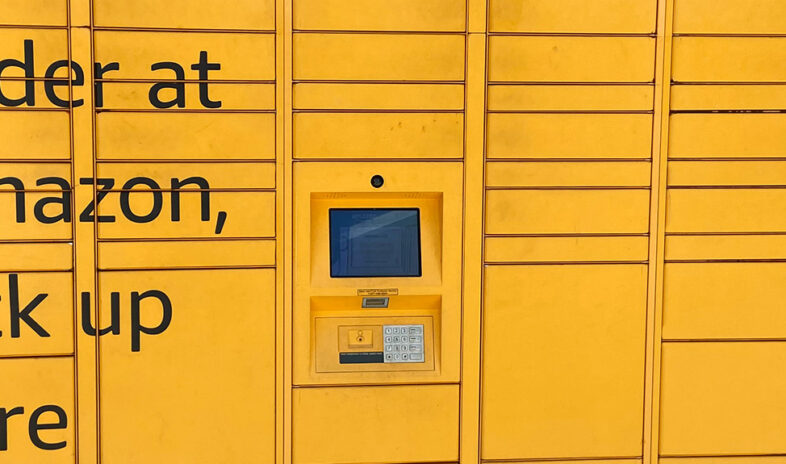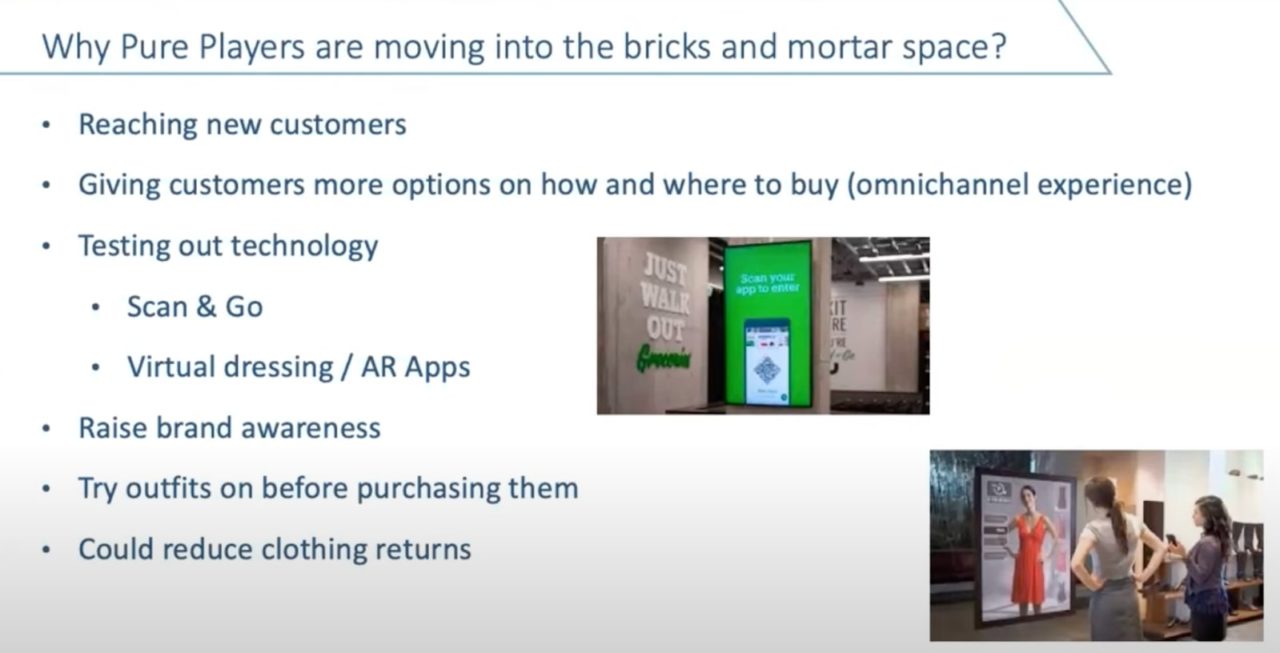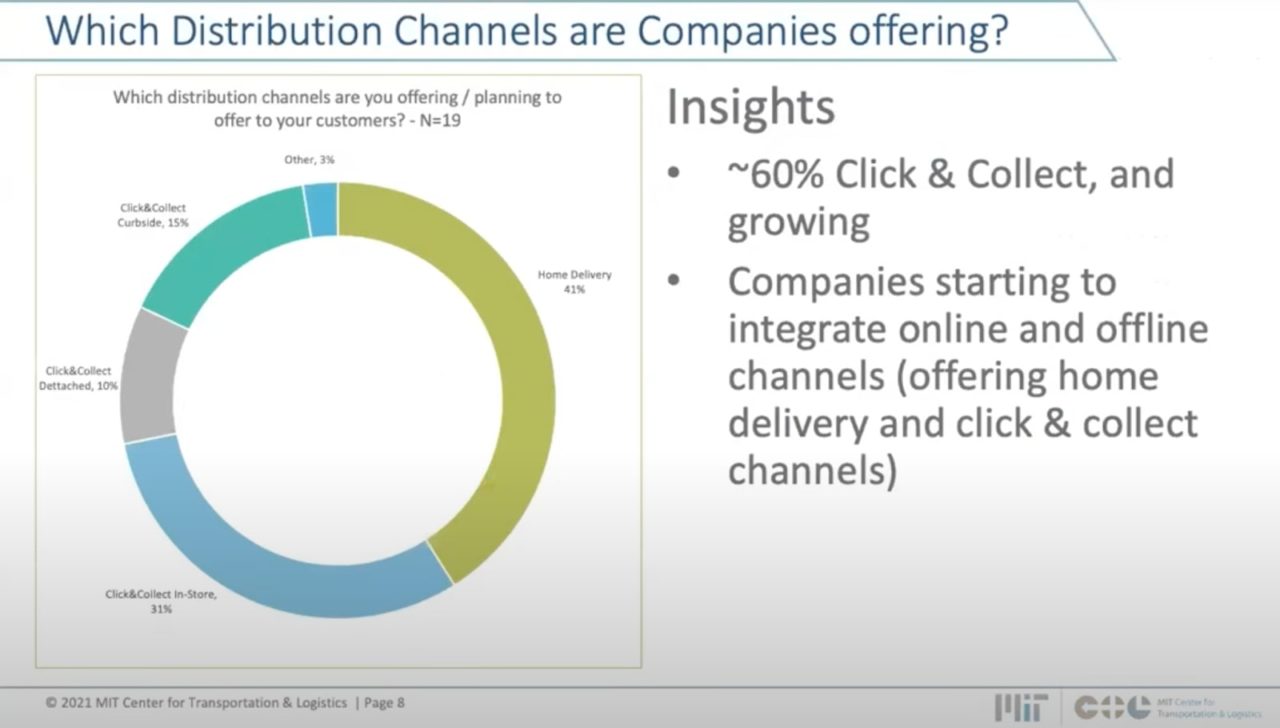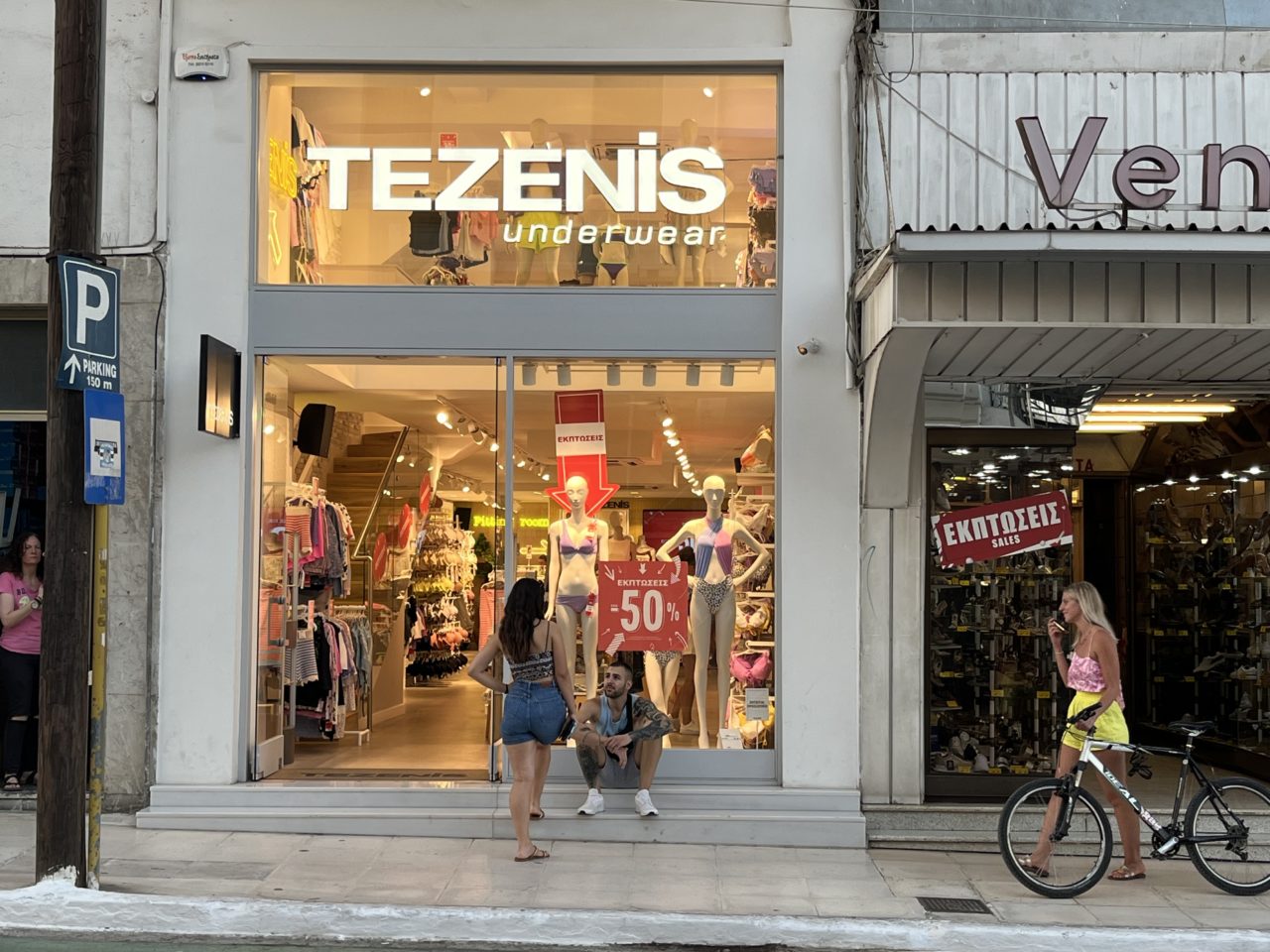Automation and next generation e-fulfilment
There is also much movement in adopting automation technologies and creating next generation e-fulfilment centres. Some are already developing collaborative robots that can help pickers prepare online orders. Collaborative robotic technology combines manual with some form of automated assistance in order to achieve greater efficiency and speed.
Bonobos (an upscale, e-commerce-driven apparel subsidiary of Walmart in the US), for example, has recently deployed 70 robots to assist with its online orders.
Automated fulfilment centres
Companies are heavily investing in automation, such that a purely online channel is now able to prepare a 45-50 item order in just two to three minutes, gaining greater efficiencies based on automated solutions.
Real-time inventory visibility
Companies are also investing in real-time inventory visibility. Take Zara, for example. It is able to identify every single item in its inventory using RFID technology, letting it know exactly where its inventory is at all stages of the supply chain – their stores, distribution centres, intermediate depots and so on.
Micro fulfilment centres
Micro fulfilment centres are also cropping up in order fulfilment. These centres are fully automated smaller spaces, usually co-located in the store or very close to the store location. Like dark stores, these centres provide efficient and faster ways to prepare and deliver online orders.
Summary
We’ve outlined some of the dominant trends that can be observed in the omnichannel distribution space today. But of course, the face of omnichannel continues to evolve as retailers concentrate on upgrading and redesigning their networks to integrate online and offline channels in order to compete in today’s retail environment and address their omnichannel challenges.
As MIT has noted, retailers will continue to make tradeoffs between distance, cost and fulfilment capacity. Fulfilment centres must therefore keep a close eye on this changing space in order to meet their customers’ changing needs.








